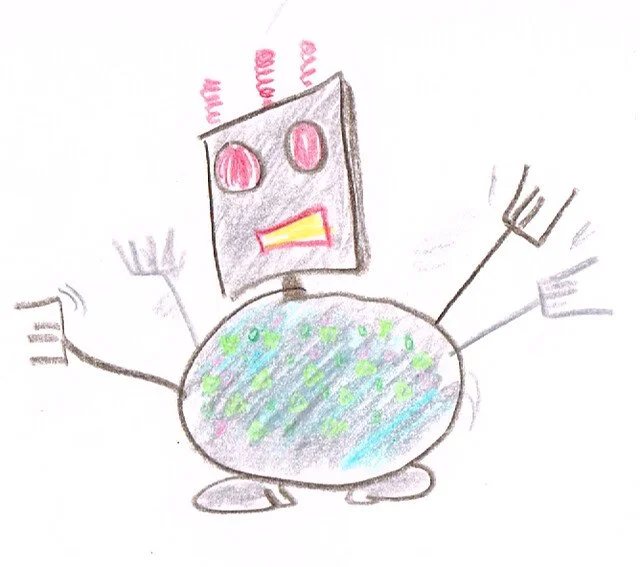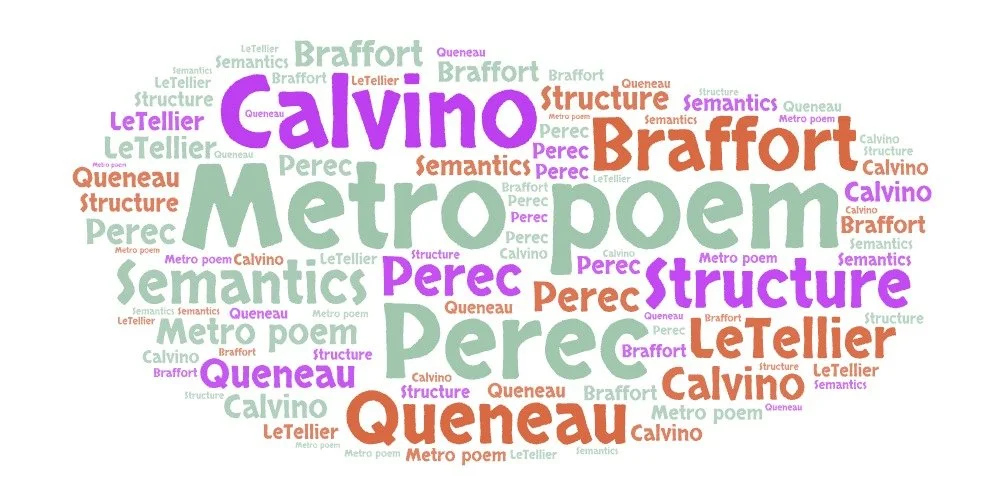This has been superseded by an updated and enlarged version. See https://www.ictineducation.org/home-page/free-illustrations-for-your-blog-or-website-updated for details.

visualhunt, by Terry Freedman.png
I recently taught a course for adults on blogging. As I expected, some people still believe that if an image is discovered on Google Images then it is free to use. The advice is, as always: check the licence!
More articles on using and teaching education technology
The authors spent a year sending each other postcards on a different theme each week, with pictorial representations of the data they had collected.
In preparation for a course on blogging that I ran a few years ago, I wanted to see how far I could get using AI tools to help me with my intended audience, outlining a post and drafting a whole article.
A lighthearted look at rubrics as a form of assessment.
I keep seeing blog articles and guides about using AI in education, and they mostly seem to be a form of painting by numbers.
The early Oulipians in particular were interested in how mathematics and literature could be combined. Calvino, for example, wrote about using cybernetics in literature.
Why not try something different in your Computing lessons? Here's a short list of suggestions.
Why set students real-world, life-changing, humanity-saving problems when trivial challenges are likely to prove equally, if not more, useful?
These pdfs, on converting a course to an online course, and tips for teaching online, were written a few years ago but still contain actionable suggestions.
I’ve created a special area of the Digital Educatioon Supplement, which is an online supplement to my newsletter, Digital Education.










Routines are good, because pupils know what to expect. They are able to predict what is going to happen, and when. Some pupils, whose home lives are chaotic and unpredictable, may even feel safe because of routines. Here are some routines that I think are useful for Computing lessons.